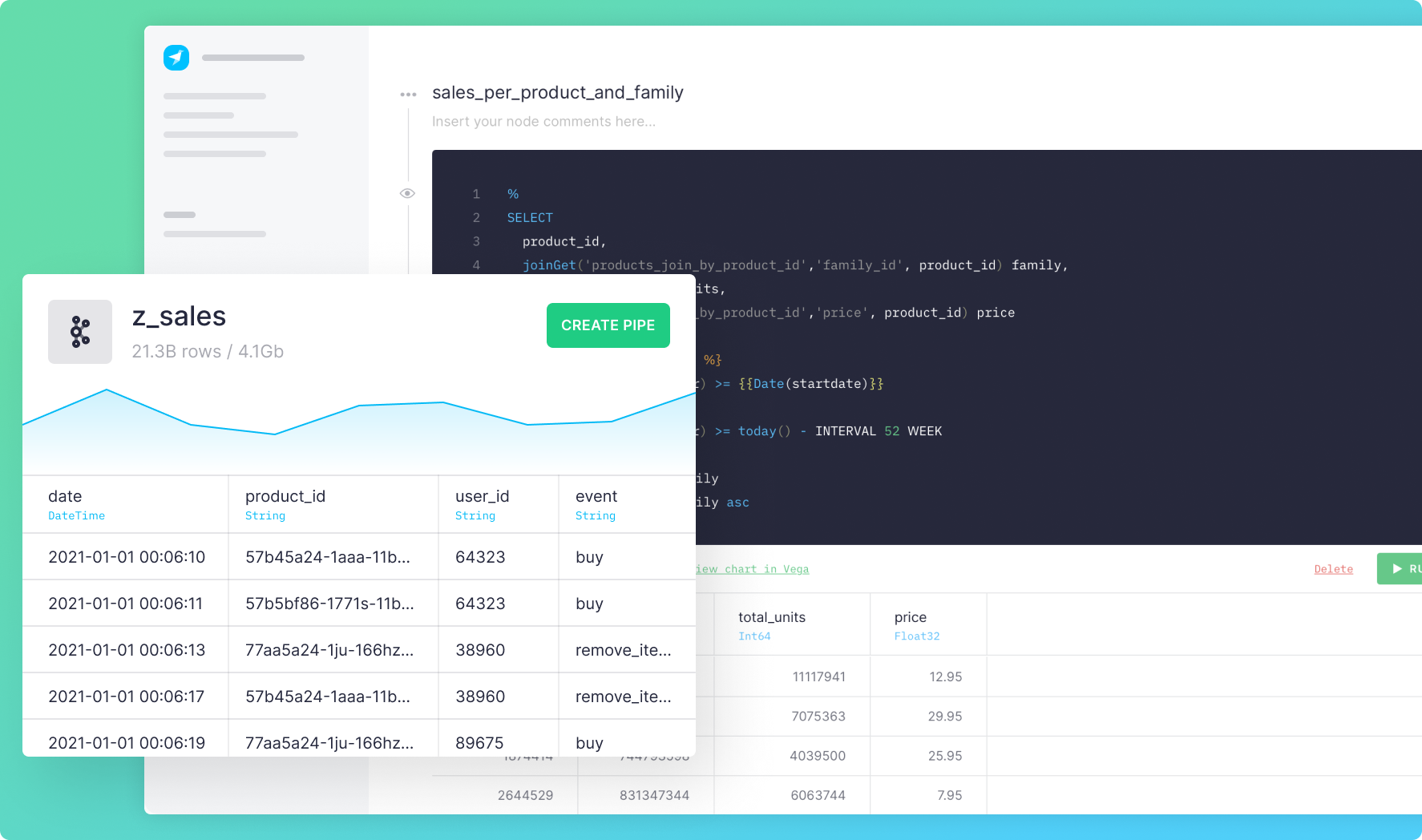Video game platform Roblox announced this morning it has partnered with Sony Music Entertainment on a deal that will allow the two companies to work together to create music experiences for the Roblox community, including opportunities that would give Sony Music artists a way to reach new audiences and generate revenue.
The announcement follows last month’s news of a $200 million lawsuit filed by a group of music publishers who alleged Roblox was allowing creators to build virtual boomboxes inside their games that streamed copyrighted music without artists’ permission or any payment.
The publishers in the lawsuit included Universal Music Publishing, Big Machine Records, Concord Music Group, Downtown Music Publishing, Kobalt Music Group and Hipgnosis Songs Fund. Roblox responded to the litigation by saying it was “surprised and disappointed” by the action, which represented a “fundamental misunderstanding of how the Roblox platform operates.”
It claimed it doesn’t tolerate copyright infringement and uses filtering technology to prohibit unauthorized recordings. It also said it responds to valid Digital Millennium Copyright Act (DMCA) takedown requests by removing any infringing content.
However, the company’s deal with Sony Music indicates Roblox is aware of the value in partnering in a more official capacity with a music company.
Roblox didn’t fully detail what sort of “commercial activities” it has in mind for Sony Music artists and their fans, but it had worked with the music company on past events, including its first-ever virtual concert with Lil Nas X in November 2020, and this May, a virtual Zara Larsson Launch Party. The concert was attended by over 36 million players, while the launch party attracted over 4 million visits — the highest for any launch party on Roblox to date.
The Roblox platform, generally speaking, allows artists to reach fans through a variety of activities, including virtual concerts, merchandise sales, and other integrated in-game activities. We understand the agreement will not include access by Roblox developers to Sony Music Entertainment artists’ recordings, however.
“Sony Music artists have been at the forefront of engaging the millions of music fans in Roblox’s massive user community with forward-looking initiatives like Lil Nas X’s industry-first virtual performance on the platform, and Zara Larsson’s recent listening party event,” said Sony Music Entertainment President of Global Digital Business and U.S. Sales, Dennis Kooker, in a statement. “With this new agreement, we look forward to expanding our successful partnership with the Roblox team to further unlock commercial opportunities at the intersection of music and gaming. Immersive online environments represent a meaningful opportunity for reaching a growing number of fans who want to use virtual communities to enjoy shared music experiences,” he added.
The deal comes at a time when Roblox’s audience is aging up. the company in its Q1 2021 earnings reported a 128% increase in engagement from users over the age of 13 — a time when music is becoming a more important part of young people’s lives and they’re interested in connecting more directly with favorite artists. The gaming company’s daily active users also grew 79% to reach 42.1 million during the quarter while revenue climbed 140% to $387 million.
“Sony Music has been a fantastic partner and I am pleased to deepen and lengthen our relationship. They truly understand the massive opportunity that the metaverse presents for their artists, and we are committed to helping them unlock new creative and commercial opportunities on Roblox,” said Jon Vlassopulos, Vice President and Global Head of Music at Roblox.
This is not Roblox’s first music label partnership. Last month, the company announced a similar deal with BMG, also focused on future collaborations and revenue-generating opportunities for artists and songwriters.
Powered by WPeMatico








